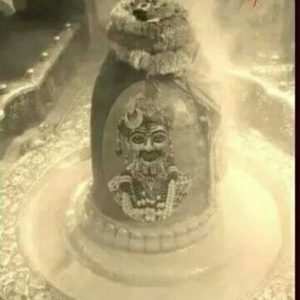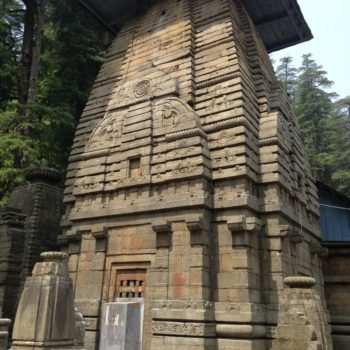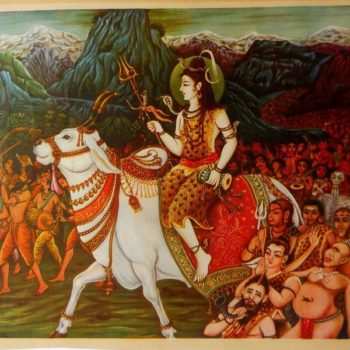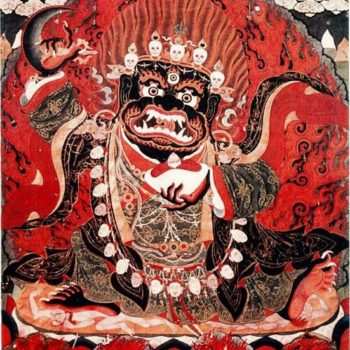To be alive is to have experiences.
But the only test of the authenticity or otherwise of an experience is the impact it leaves. Very often in spirituality experiences are nothing more than a projection of ones own deepest desires.
There are often people who claim to have visions of deities or saints or other holy characters…











